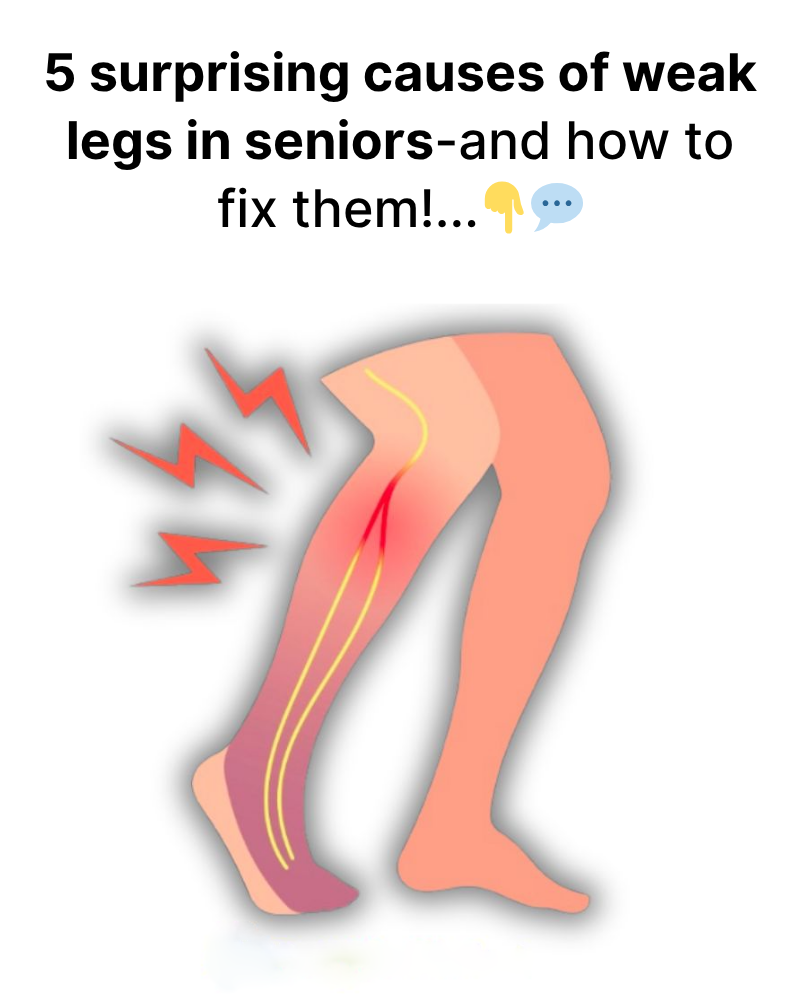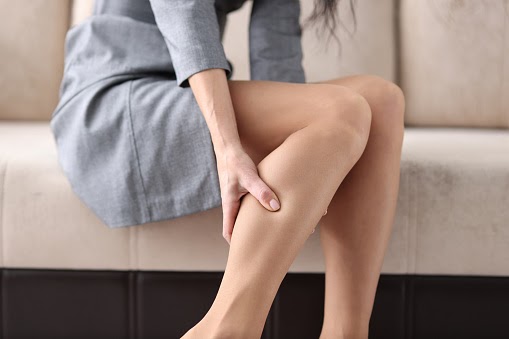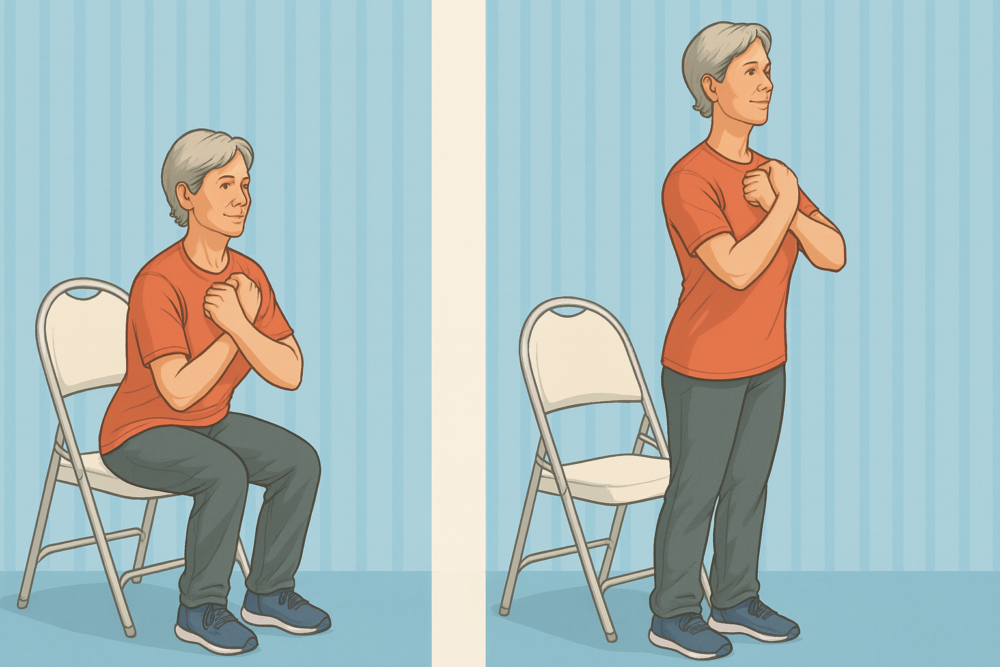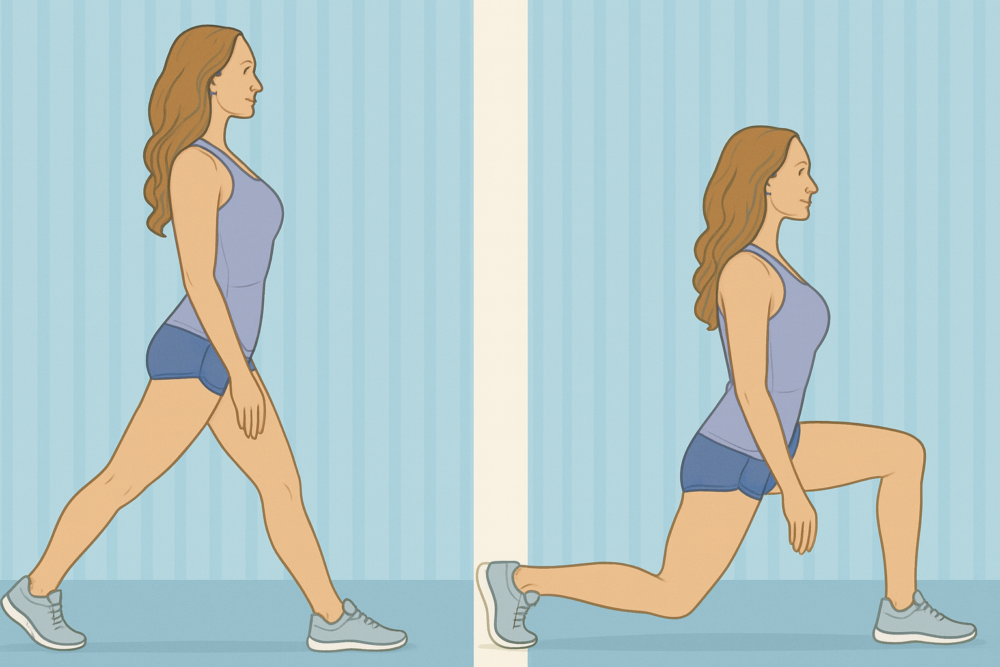
As we get older, it’s common to notice our legs don’t feel as strong as they once did.
Maybe standing up from a chair feels harder, or stairs take more effort. It can be unsettling, but the good news is there are reasons behind it—and ways to strengthen your legs again.
Common Reasons for Age-Related Leg Weakness
1. Muscle Loss (Sarcopenia)
One of the biggest culprits is sarcopenia—natural muscle loss due to aging. Starting around age 50, we can lose up to 15% of muscle strength every decade. The less active we are, the faster this loss happens. Staying active is key to slowing it down.

2. Lack of Physical Activity
As people age, they often move less. This creates a cycle: less activity weakens muscles, and weaker muscles make it harder to move. Inactivity can also lead to other health problems like poor circulation and diabetes. Regular movement—at any level—keeps your legs strong and supports overall health.
3. Chronic Health Conditions
Conditions like arthritis, diabetes, and peripheral neuropathy can all affect leg strength. For example, diabetes may lead to nerve damage, making you feel unsteady and reluctant to be active. But inactivity can make these problems worse. Working with a doctor and staying gently active can help manage these conditions.
4. Back Problems
Lower back issues, like herniated discs or spinal stenosis, can also lead to leg weakness. Pain may reduce movement, worsening the problem. Specific exercises and therapy can help. If you’re dealing with leg numbness, tingling, or sharp pain, consult a professional for a tailored plan.
5. Emotional and Lifestyle Changes
Mental health can affect physical health, too. Retirement, grief, or depression can cause people to lose motivation to move. This drop in activity leads to weaker legs. Having a support system, joining a local fitness group, or finding a walking buddy can keep motivation strong.

What You Can Do: Simple At-Home Exercises
You don’t need a gym to get stronger legs. These three exercises can be done at home and can help rebuild strength over time.
1. Chair Stands
This mimics standing from a seated position—something we do daily.
How to do it: Sit in a sturdy chair with feet flat. Lean forward, push up to stand, squeezing your glutes. Lower yourself back down slowly. Use your hands for support if needed.
Tips: If it’s too hard, use a higher chair or add a cushion. Too easy? Cross your arms or raise them overhead. Aim for 10 reps a few times a day.

2. Lunges
Lunges strengthen each leg individually and improve balance.
How to do it: Stand tall and step forward with one leg, lowering your back knee gently. Keep your front knee over your ankle. Push off to return. Alternate legs or repeat on one side.
Tips: Hold onto something for support. Use a pillow under your knee if needed. Increase difficulty with deeper lunges or walking lunges.

3. Walking
Walking remains one of the best exercises for leg strength and overall well-being.
How to do it: Start small—around the house, on sidewalks, or even walking in place indoors. Use a cane or walker if needed.
Tips: Consistency is key. Try to walk most days. Even short walks add up. Gradually challenge yourself with hills or longer distances.
Final Thoughts
Weak legs don’t have to be a permanent part of aging. Staying active, addressing underlying health conditions, and building a daily movement routine can help you regain strength and independence. If you need help getting started, lean on loved ones or consult a physical therapist. Even small steps can lead to big changes. Your future self—and your legs—will thank you.